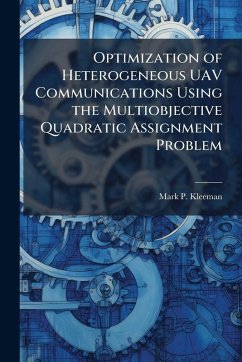
A Platform for Antenna Optimization With Numerical Electromagnetics Code Incorporated With Genetic Algorithms

PAYBACK Punkte
9 °P sammeln!
This thesis investigation presents a unique incorporation of the Method of Moments with a Genetic Algorithm. The use of this tool can improve antennas whose basis of designs are both the Yagi-Uda antenna and the Log Periodic Dipole Array (LPDA) antenna. The applications for these two antennas are of particular use in Passive Remote Sensing (PRS) and Over the Horizon Radar (OTHR). The designs are reached in a low cost and effective manner, the implementation of which is simple and expandable. A Genetic Algorithm (GA) is used in concert with the Numerical Electromag- netics Code, Version 4 (NEC4...
This thesis investigation presents a unique incorporation of the Method of Moments with a Genetic Algorithm. The use of this tool can improve antennas whose basis of designs are both the Yagi-Uda antenna and the Log Periodic Dipole Array (LPDA) antenna. The applications for these two antennas are of particular use in Passive Remote Sensing (PRS) and Over the Horizon Radar (OTHR). The designs are reached in a low cost and effective manner, the implementation of which is simple and expandable. A Genetic Algorithm (GA) is used in concert with the Numerical Electromag- netics Code, Version 4 (NEC4) to create and optimize typical wire antenna designs including single elements and arrays, the result being antennas with impressive char- acteristics. This work has been selected by scholars as being culturally important, and is part of the knowledge base of civilization as we know it. This work was reproduced from the original artifact, and remains as true to the original work as possible. Therefore, you will see the original copyright references, library stamps (as most of these works have been housed in our most important libraries around the world), and other notations in the work. This work is in the public domain in the United States of America, and possibly other nations. Within the United States, you may freely copy and distribute this work, as no entity (individual or corporate) has a copyright on the body of the work. As a reproduction of a historical artifact, this work may contain missing or blurred pages, poor pictures, errant marks, etc. Scholars believe, and we concur, that this work is important enough to be preserved, reproduced, and made generally available to the public. We appreciate your support of the preservation process, and thank you for being an important part of keeping this knowledge alive and relevant.



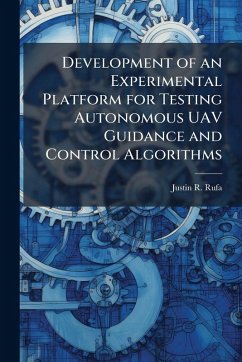

![The Davis Handbook of the Cobalt Silver District [microform]: With a Manual of Incorporated Companies Cover The Davis Handbook of the Cobalt Silver District [microform]: With a Manual of Incorporated Companies](https://bilder.buecher.de/produkte/65/65602/65602108n.jpg)
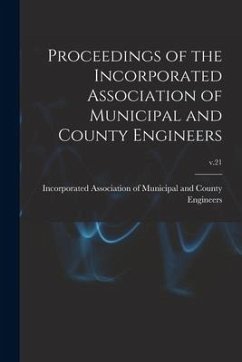
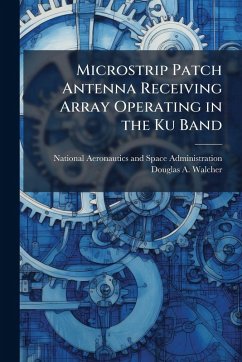
![The Goldfield Mascot Mining Company: Incorporated Under the Laws of Arizona: [prospectus] Cover The Goldfield Mascot Mining Company: Incorporated Under the Laws of Arizona: [prospectus]](https://bilder.buecher.de/produkte/65/65548/65548920n.jpg)
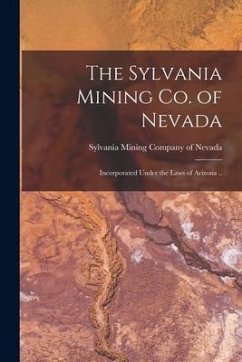
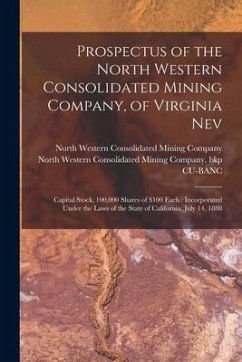
![Peterborough Lead Mining Company [microform]: to Be Incorporated Under 27 and 28 Victoria, Chap. 23, Statutes of Canada Cover Peterborough Lead Mining Company [microform]: to Be Incorporated Under 27 and 28 Victoria, Chap. 23, Statutes of Canada](https://bilder.buecher.de/produkte/66/66141/66141197n.jpg)
